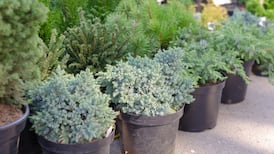Help! We’ve planted our brand-new garden with lots of long-lived trees, shrubs and perennials that we’ve been assured will look lovely once they grow and mature over the coming years. But until that happens, it looks depressingly bare while the garden is lacking privacy as it’s overlooked by neighbouring properties on both sides.
Any advice on ways that we can temporarily fill some of this empty growing space, so that we can quickly start enjoying our garden to the full?
A new garden is always a test of its owners’ patience as well as of their resolve. Confronted with the naked reality of all that bare soil, there quickly comes the almost irresistible temptation to squeeze in more plants. Hell, maybe even several dozen more . . . But the result, within a few short years, is a messy jumble of trees, shrubs and perennials fighting for space, light and nutrients, which eventually forces the garden owner into a guilt-ridden, labour-intensive cull. So while it’s hard – and oh boy, do I know it’s hard – continue to fight the urge to over-plant.
That said, you’re absolutely right to wonder whether there are clever and colourful ways to temporarily fill that vacant growing space. My suggestion is to do so by using a mix of short-lived, very fast-growing shrubs, annuals and biennials as well as some generous sprinkles of spring-flowering bulbous plants to give you plenty of seasonal colour. These will also serve a secondary but useful purpose, which is to help prevent opportunistic weeds from colonising the bare ground.
Kick-start the process this month by sowing seed of sweet pea, a fast-growing, ultra-colourful and deeply scented annual climbing plant that will give you oodles of perfumed flowers throughout next summer. Growing to a height of 180-240cm, it’s a great choice for temporarily covering pergolas, walls and boundary fences. Just make sure to offer the plants some sturdy vertical support once they get going next spring in the form of chicken wire or pea netting and to provide them with a fertile, friable soil enriched with some well-rotted farmyard manure and a few sprinkles of powdered seaweed.
Sweet pea is what’s termed a hardy annual, meaning it will tolerate the average Irish winter outdoors but has a short life-cycle (six-12 months, depending on whether it’s sown in spring or in autumn). While it’s too late to sow seed of most other kinds of hardy annuals this autumn (sweet pea aside, the majority are best sown in late August-early October), they can still be sown next spring to give you generous quantities of young plants to temporarily populate your garden.
Examples include honeywort (Cerinthe), Ammi, pot marigolds (Calendula), cornflowers (Centaurea), Echium 'Blue Bedder', and Californian poppies, (Eschscholzia). Seed is available from most good Irish garden centres or to order online from Irish seed suppliers such as Mayo-based Seedaholic (seedaholic.com).
You'll also need to wait until next spring to sow seed of fast-growing half-hardy annuals, which are shorter lived again (six-nine months) but will do a similarly great job of adding masses of temporary foliage and floral interest. Good choices include varieties of the daisy-flowered cosmos, Rudbeckia hirta, Bells of Ireland (Molucella) and the lovely, leafy Ricinus communis. Most of these are also available to buy from good garden centres as young container-grown plants in late spring. Tender or borderline hardy perennials such as dahlias and salvias (the more tender kinds) are other good choices, although if your garden is a cool one, you'll need to lift these each autumn and store them somewhere frost-free.
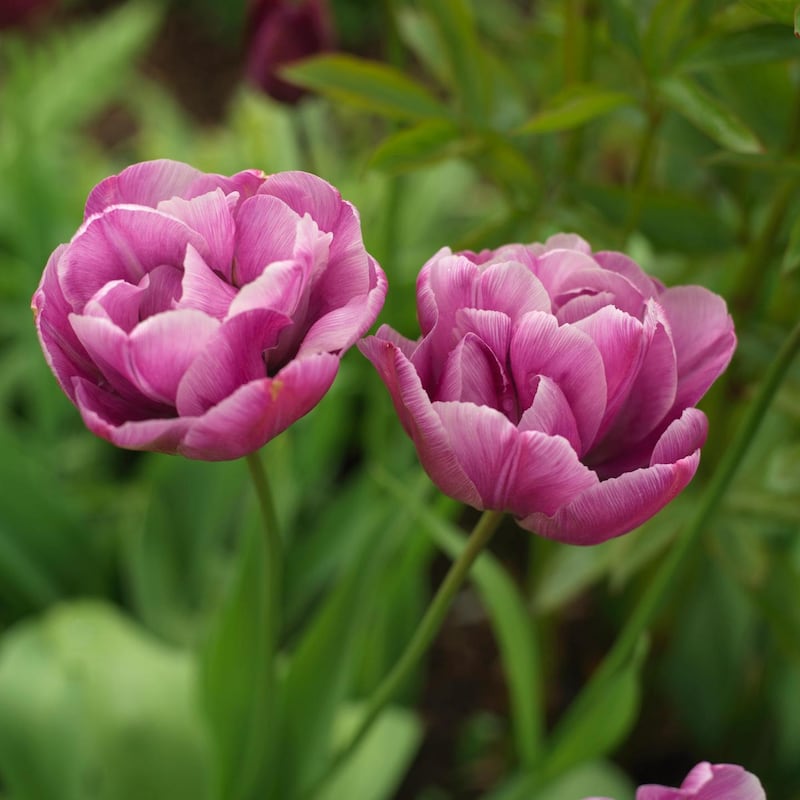
As long as soil conditions aren’t too wet and heavy underfoot, this month is also an excellent time to plant spring-flowering bulbs such as narcissus, tulips, alliums, fritillarias, scillas, chionodoxa, camassia and muscari. All of these will do a great job of filling any wide, empty spaces beneath young trees and shrubs and providing successional swathes of seasonal colour. Just make sure to choose good-quality, plump, blemish-free bulbs and to plant to the recommended depth.
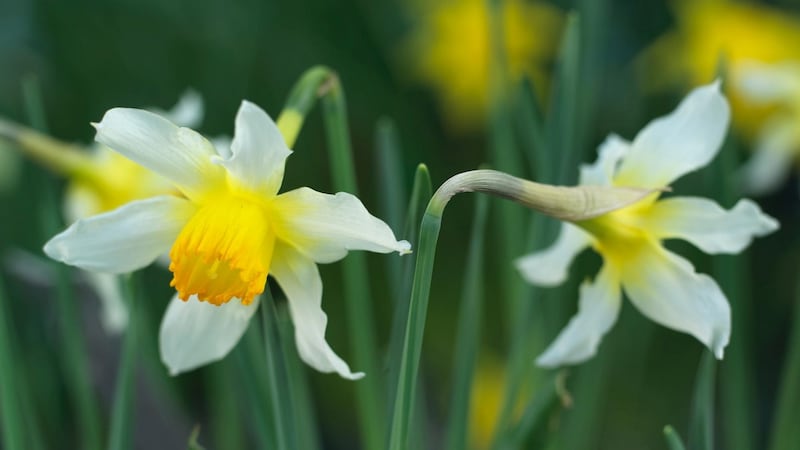
Floriferous biennials (these are plants that are sown in their first year to flower the following year, after which they die) will do an equally great job of temporarily filling those unwanted gaps. Examples include sweet William, honesty, wallflowers, foxgloves and sweet rocket. Again, the most cost-effective way to grow these in really generous quantities is to raise them from seed sown in late spring/early summer, but young plants are also widely available from most good garden centres.
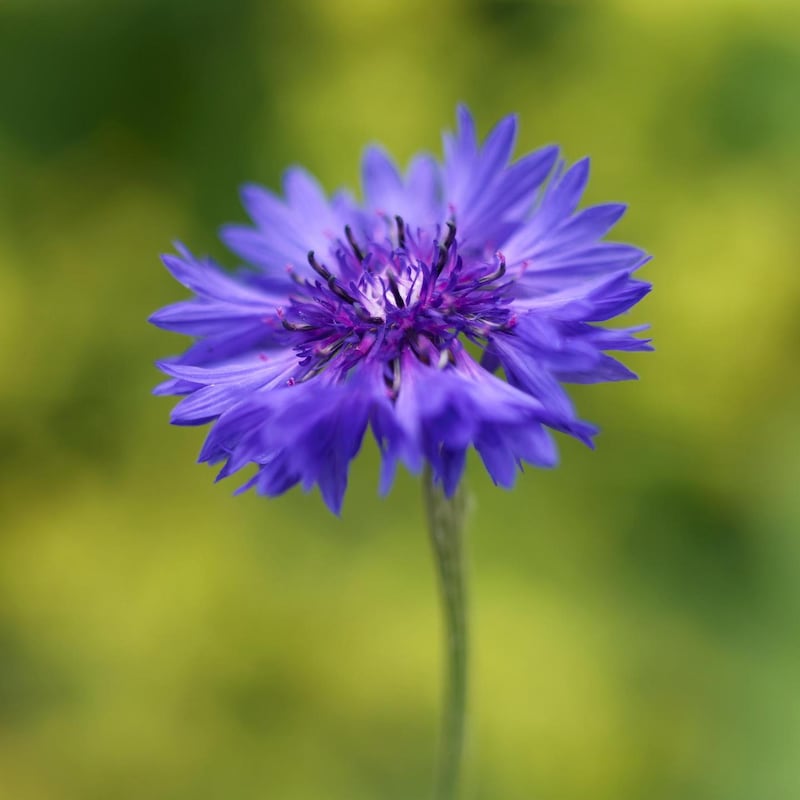
A handful of fast-growing, short-lived shrubs also make excellent temporary fillers. Examples include the long-flowering, hardy, semi-evergreen, shrubby tree mallow (Lavatera), which is covered with a mass of colourful hollyhock-like pink blooms from June until late September. A great choice for a sunny site with a free-draining soil, it typically reaches a height and spread of 2m within a few growing seasons so keep this in mind when positioning it. If that's too large, choose a more compact/dwarf variety such as Lavatera x clementii 'Baby Barnsley', which reaches an average height and spread of just 75cm-100cm.
Other examples of fast-growing flowering shrubs ideal for filling gaps in a border include brooms (Cytisus) and the pollinator-friendly butterfly bush (buddlejia), and many of the semi-shrubby, hardier salvias.
Finally, don’t forget that many herbs and vegetables are short-lived annuals that can be pulled out at the end of the growing season, making them yet another great choice for any temporary growing space that’s going a-begging.
This week in the garden
November typically brings harsh frosts that blacken the foliage of dahlias, signalling that if your garden is a cold one, it’s time to cut the plants back to ground level before carefully digging up their fleshy underground tubers, shaking off any loose soil and then storing them over winter in a place that’s dry, dark and cool but frost-free.
In milder gardens, it’s generally sufficient to cut the plants back to ground level and then cover them with a generous winter mulch of fallen leaves, straw or compost, although this won’t be enough to protect them from frost damage in the event of a very cold winter.
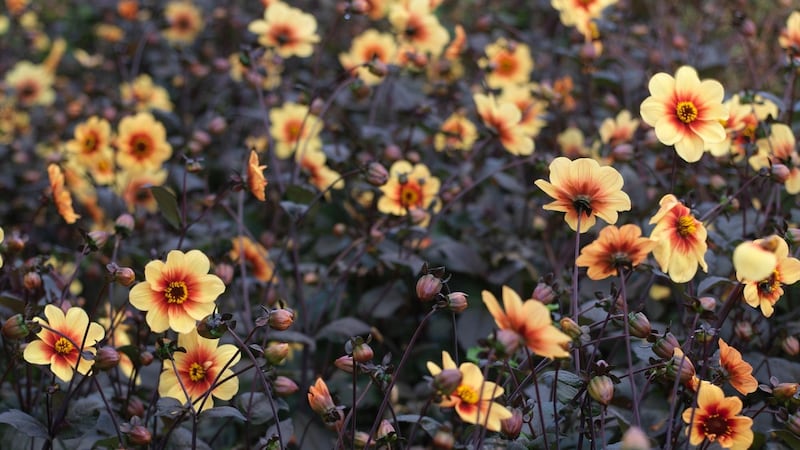
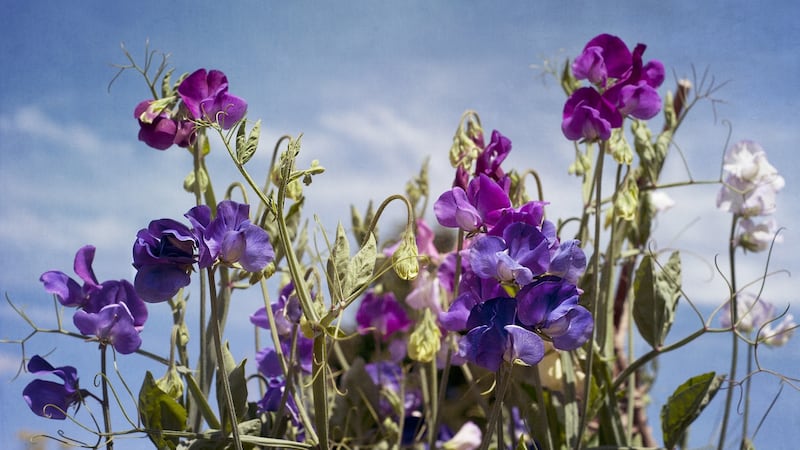
November's frosts will also finish off any lingering summer bedding plants so empty these out of window boxes, hanging baskets, pots and containers and replace the top 25cm layer of spent compost with fresh compost before replanting with a mixture of winter/spring bedding plants, evergreens and spring-flowering bulbs to give you long months of seasonal colour Suitable choices include trailing ivies, evergreen ferns, heuchera, ajuga, sarcococca, winter-flowering heathers, box, evergreen grasses (Festuca glauca, Carex comans), gaultheria, hellebores, rosemary, cyclamen (only for sheltered gardens), winter pansies and late-winter/ spring flowering bulbs such as scillas, chionodoxa, crocuses, dwarf daffodils, hyacinths and tulips.
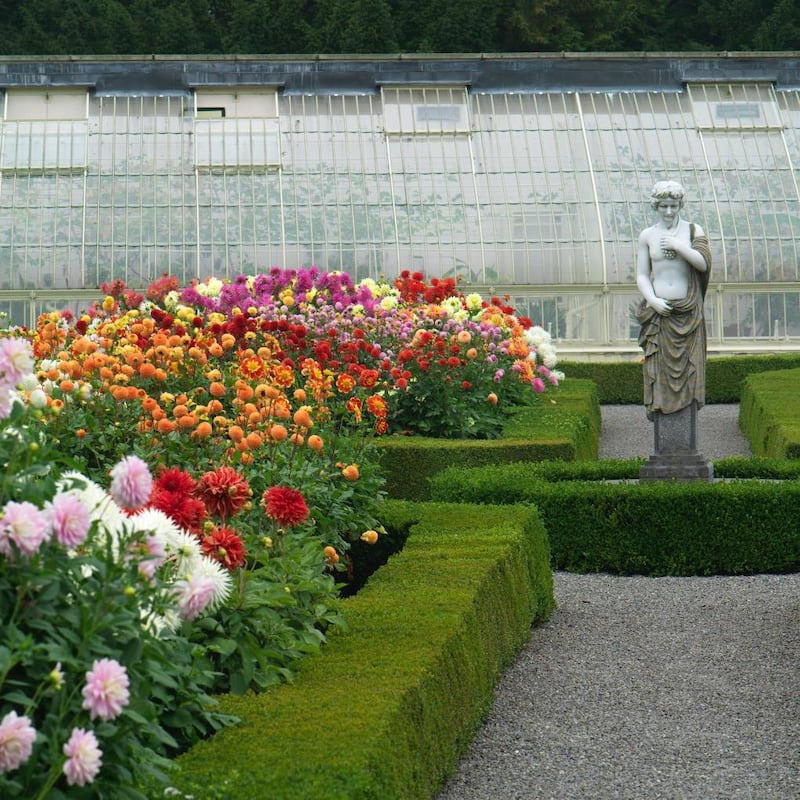
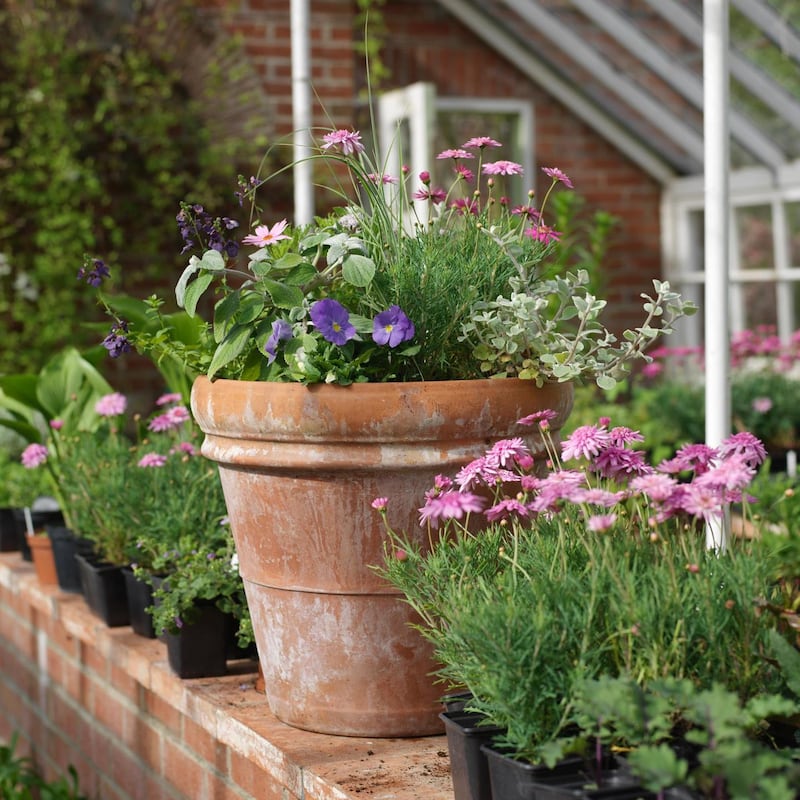
Sow seed of sweet pea this month for really strong, early-flowering and ultra-floriferous plants next summer as well as for longer-stemmed flowers. Seed is available from all good garden centres as well as from specialist suppliers such as UK-based Owls Acre Seeds (owlsacreseeds.co.uk).
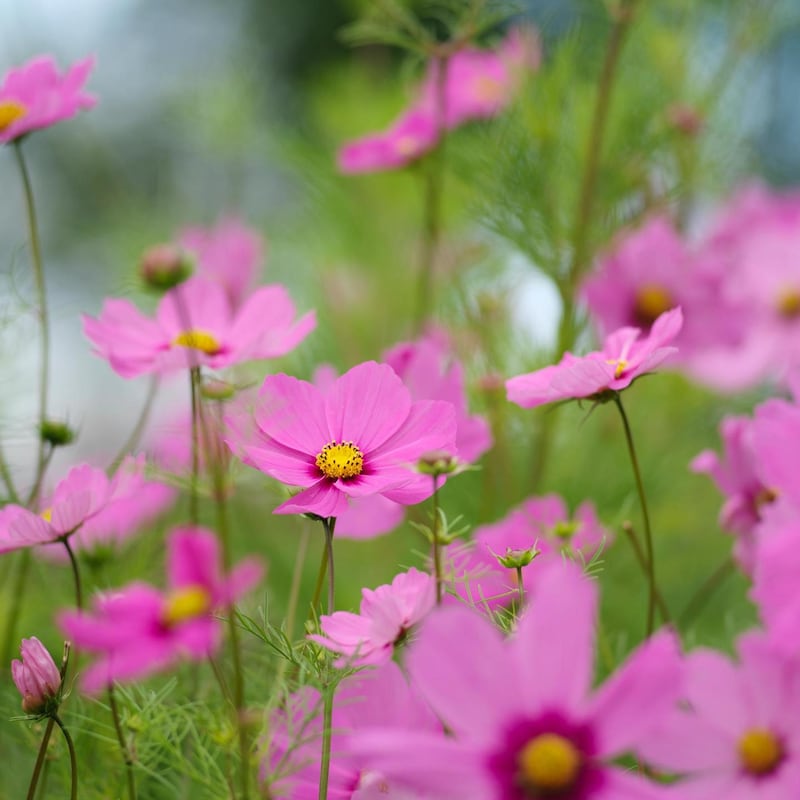
Pre-chitting the hard, spherical seeds by soaking them in water overnight and then placing them on a few layers of damp kitchen paper in a small, sealed transparent plastic box will help speed up germination, after which the sprouted seeds should be gently planted 5cm deep into pots filled with a good-quality John Innes compost.
Water well and place somewhere bright but cool, like an unheated glasshouse/cold frame/outdoors under the protective overhang of a roof. Pinch back the young plants to 5-7.5cm tall once they’ve produced three-four sets of leaves and protect them from mice until mid-March/early April when they can be planted out into your garden or allotment.
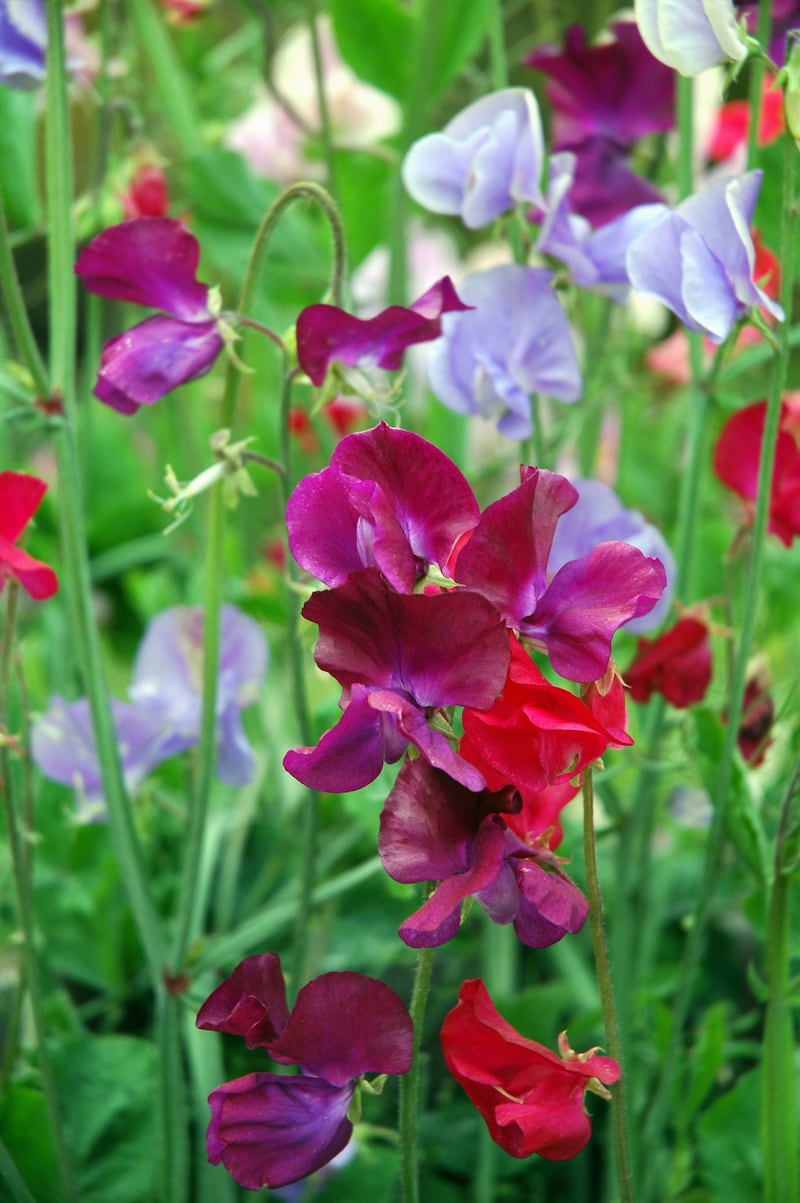
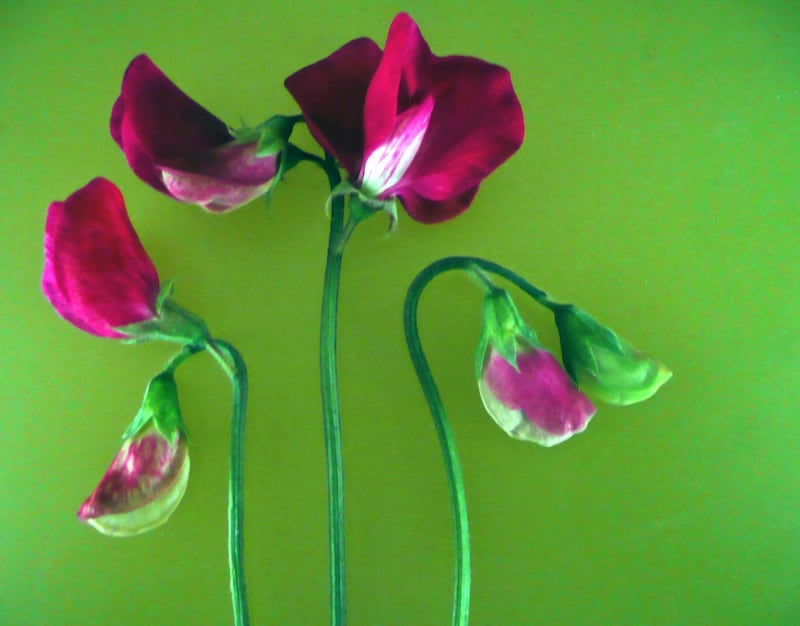
Dates For Your Diary
Sunday, November 5th (2.30pm): The National Botanic Gardens Glasnevin, 'Saving Ireland's Nature and Natural Habitats', a panel discussion with wildflower expert and author Zoe Devlin, ecologist Pádraic Fogarty and environmental consultant Richard Nairn, chaired by journalist/ broadcaster Ella McSweeney, see botanicgardens.ie.
Sunday, November 5th (2pm-5pm): Enniscorthy, Co Wexford – it's the final day of Kiltrea Bridge Pottery Pre-Christmas Autumn Sale, which includes a range of handsome hand-thrown garden pots and planters, see kiltreapottery.com.
Wednesday, November 8th (8pm): Kill O' The Grange Parish Centre, Kill Lane, Dún Laoghaire, Co Dublin, 'Gardening For Wildlife', a talk by Ricky Whelan of BirdWatch Ireland on behalf of South County Dublin Horticultural Society, admission €5.








